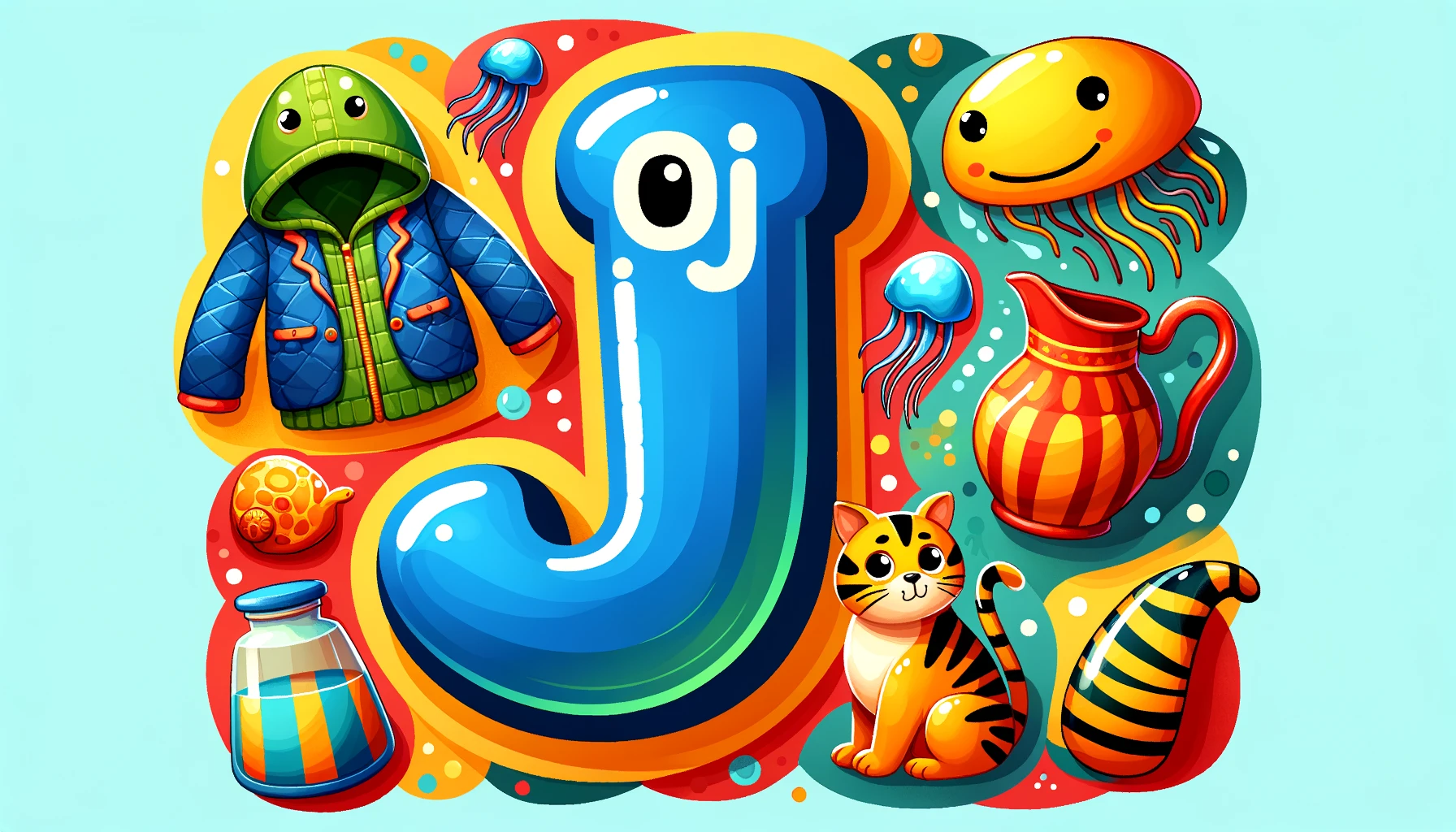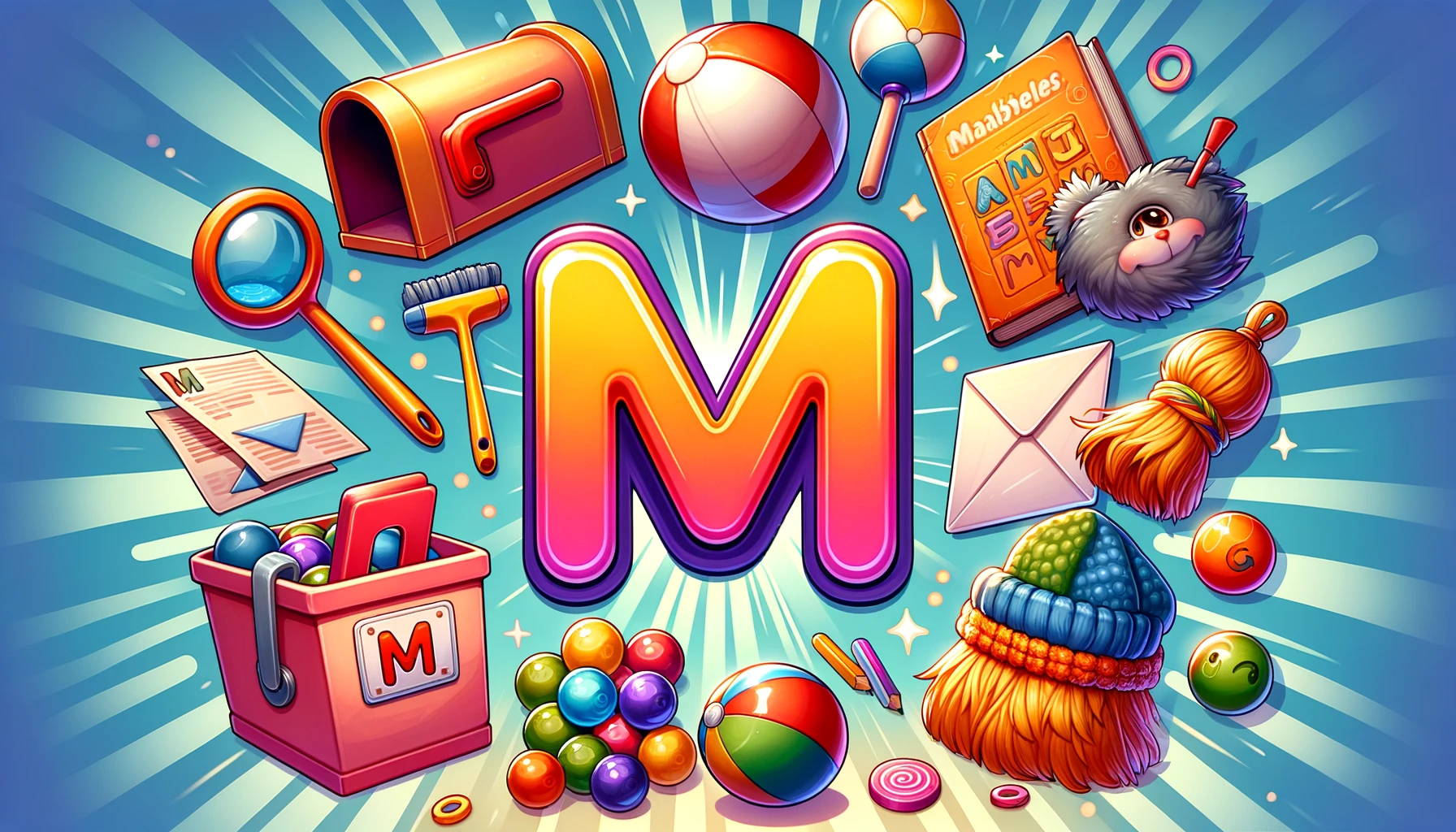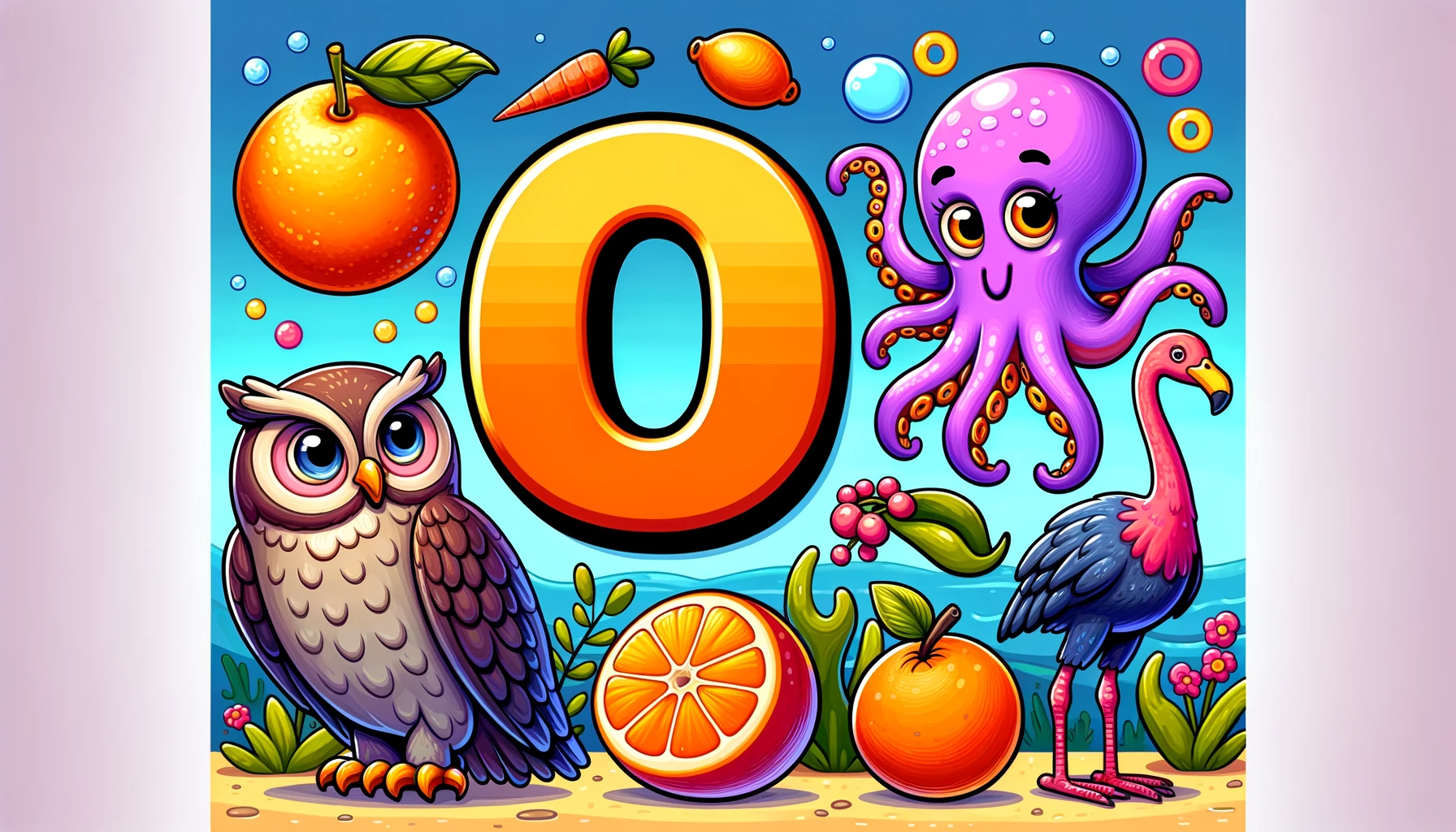J
The letter “J” is the tenth letter in the Latin alphabet, used in English and many other languages. Its development and characteristics are quite unique:
- First, Origins: “J” originated relatively late in the history of the alphabet. It began as a variant of the letter “I” in medieval and Renaissance Latin. The letter “I” was often used with a long tail when it appeared as the last letter in Roman numerals, in a sequence like “IIIIJ” for the number 4. Over time, this tail became more pronounced, and “J” emerged as a distinct letter. It was first distinguished from “I” by the Italian Renaissance grammarian Gian Giorgio Trissino in the early 16th century.
- Second, Capital and Lowercase Forms: The uppercase “J” usually has a vertical stroke with a hook or a curve at the top. The lowercase “j” mirrors this but is typically topped with a dot.
- Third, Phonetic Usage: In English, “J” represents a voiced palato-alveolar affricate, as in “jump” or “joy.” This sound is produced by obstructing the airflow in the vocal tract, then releasing it with some friction. In other languages, “J” can have different sounds, such as the English “Y” sound in German and many Scandinavian languages.
- Fourth, In Mathematics and Science: “J” has specific applications in various fields. In physics, “J” often stands for joule, a unit of energy. In electrical engineering, “j” is used to denote the imaginary unit (to avoid confusion with “i,” which is often used to represent current).
- Fifth, Cultural Significance: Beyond its use in writing, “J” doesn’t have as many widespread cultural or symbolic meanings as some other letters. However, it’s notable for its relatively recent addition to the alphabet.
- Sixth, Typography: In typography, the design of “J,” particularly in its lowercase form, is distinct due to its dot and hook. This design can significantly influence the style and appearance of a typeface.
- Seventh, Digital Representation: In ASCII, the standard character encoding for electronic communication, the uppercase “J” is represented by the number 74, and the lowercase “j” by 106.
In conclusion, The letter “J” is a fascinating example of how alphabets evolve and develop new characters to better represent spoken languages.
<ⓒ WizardMedics (wizardmedics.com)>

